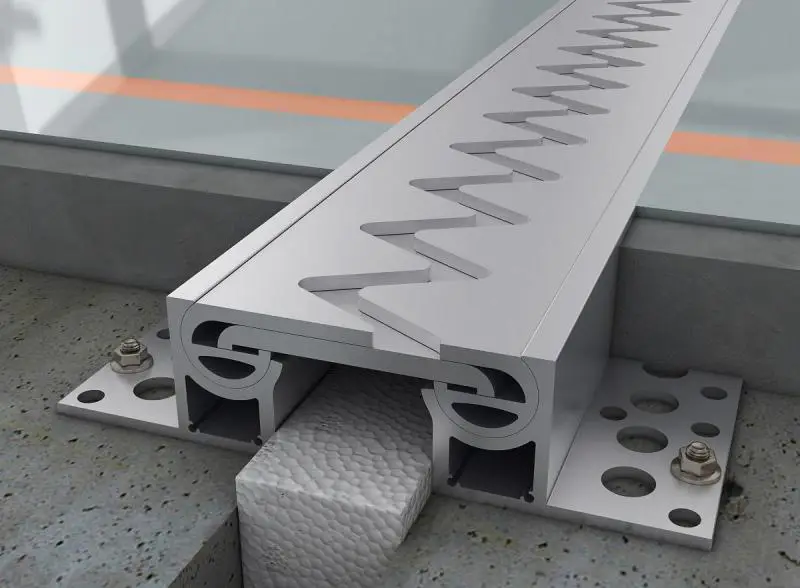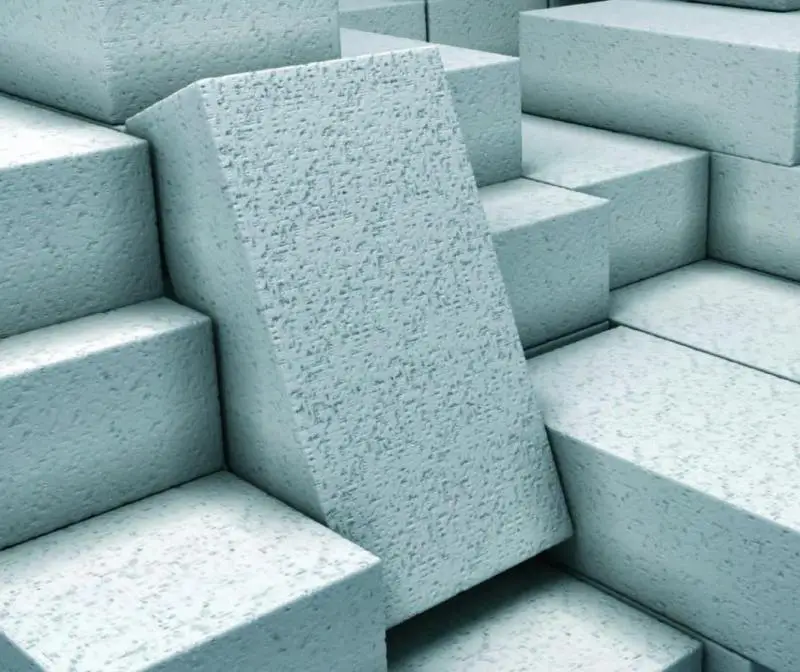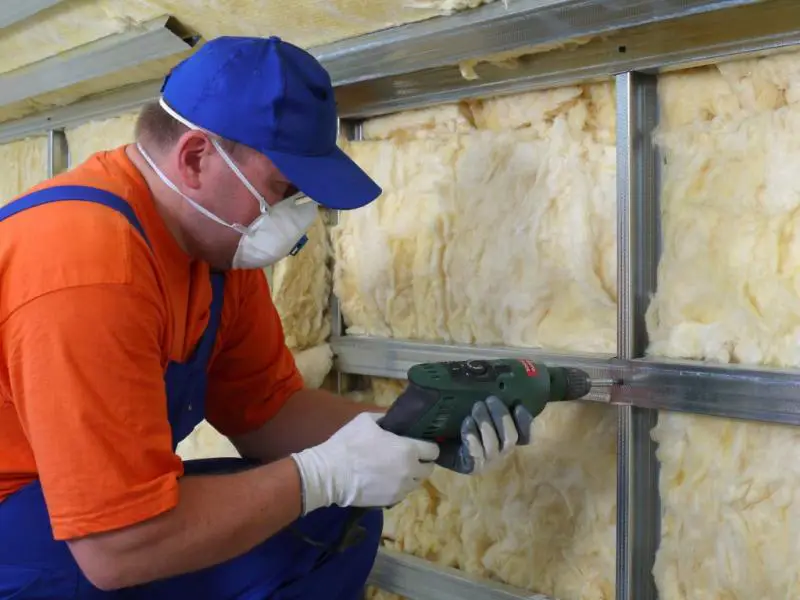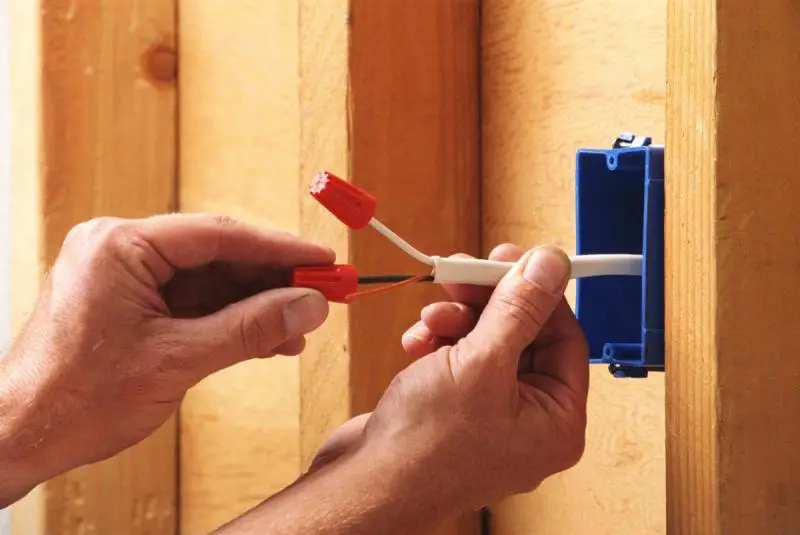There can be your advertisement
300x150
Flexible Bitumen Shingle
Throughout history, roofs have received special attention in the construction of any enclosed space—not only as a primary protective structure, but also as a key element of architectural beauty. Today, tiled roofs are particularly popular.
Among roofing materials, flexible bitumen shingles are the most widely used.
This is because flexible roofing (also known as the material) not only provides essential protective functions, but also has the ability to take on various shapes. Moreover, flexible shingles closely resemble natural tiles and look truly luxurious.
Flexible roofing has long proven itself to be a high-quality and durable material. Today, manufacturers offer a wide range of flexible bitumen shingles. The variety of shapes and color palettes allows customers to choose the perfect option.
Additionally, despite its excellent performance, bitumen shingle is relatively affordable. Compared, for example, to more expensive metal roofing, flexible shingles are highly cost-effective. Thanks to their flexibility, they produce almost no waste. And in terms of durability, they are comparable to more expensive roofing materials.

Structure of Flexible Bitumen Shingle
- Base: glass fiber fabric or glass mat. These materials are highly durable, resistant to rot, and have excellent fire resistance.
- Layer of oxidized or modified bitumen. This protects the material from moisture penetration.
- Mineral basalt granules or slate-based coating (alternatively, copper plates may be used). This layer protects the shingle from UV damage and adds decorative appeal.
- Bitumen-polymer film, protecting against low temperatures.
- Protective film, easily removed.
Applications
Flexible bitumen shingles are used on roofs with a slope of at least 12°. They are suitable for both new roofs and reconstruction of old or damaged ones. The shingles are installed directly over the existing roof, provided it has been properly prepared.
They are used for roofing all types of buildings—residential, administrative, industrial, and public. The main advantage of this material is its ability to be used on roofs with complex shapes and structures.
Main Features and Advantages
Key benefits of flexible bitumen roofing include:
- Flexibility and strength, enabling use on any type of structure;
- Practicality and cost-efficiency;
- Sound insulation;
- Fire resistance;
- Resistance to corrosion and rot;
- Water and vapor impermeability;
- Non-static properties;
- Thermal stability (resists both high and low temperatures);
- Lightweight design;
- Easy and convenient installation;
- Attractive appearance.

Certainly, the final advantage—appearance—receives as much attention as the others. After all, a building’s roof is the final architectural element, greatly influencing its overall visual impact.
Roofing manufacturers offer many designs and shapes. Customers can also choose from a wide range of colors. On today’s construction market, flexible bitumen shingles are available in a vast color palette. Many builders use shingles of multiple shades to create a dynamic, changing color effect.
There are many advantages to flexible bitumen shingles. The main benefits are durability, cost-effectiveness, practicality, and aesthetic appeal. When properly installed, this roofing material will last for many years.







